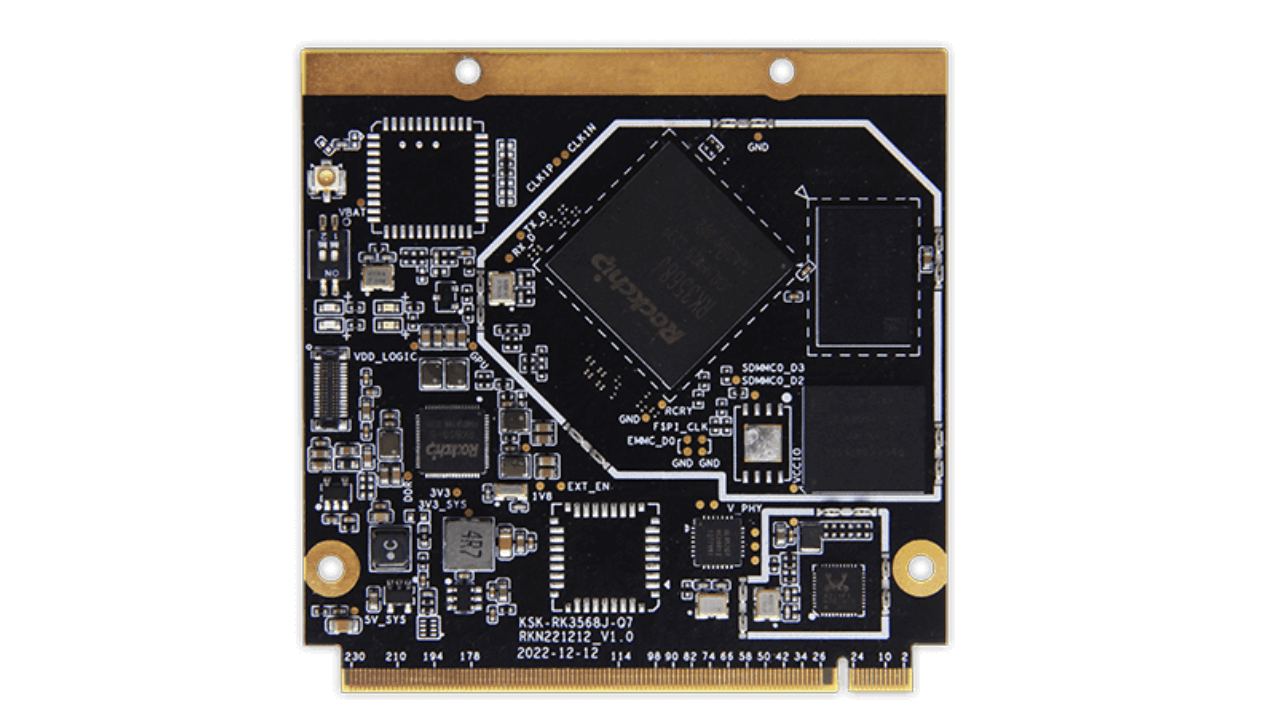A single-board computer (SBC) is a self-contained computing device encased on a single circuit board that incorporates all critical components required for it to function as a standalone computer. A microprocessor (CPU), memory (RAM), input/output ports, storage possibilities, and frequently different onboard sensors and connectors are all included.
In contrast to traditional computers, which have several interconnected components, an SBC condenses all of these pieces into a single, small shape, providing a highly integrated and cost-effective solution for a variety of computing activities.
In order to get more info about SBC click on the https://www.geniatech.com/products/system-on-module/. SBCs are highly versatile due to their unique design, allowing them to serve as the foundation for a wide range of applications, from educational tools and prototyping platforms to the core of IoT devices and embedded systems, demonstrating their distinct role in the world of technology.
Functions of SBC
SBCs have grown to be essential instruments within the realm of technology and innovation. Their small length, low fee, and flexibility have made them on hand in an expansion of applications. Beneath, we have a look at the principal features of SBCs and how they may be converting the way we think about computing.
Education
SBCs have had a significant impact on the educational landscape, particularly in computer science and electronics. Raspberry Pi and Arduino SBCs have become widespread in classrooms. They provide an inviting environment for learning programming, hardware interface, and electronics. These devices enable students to learn through hands-on projects ranging from the assembly of simple LED circuits to the creation of complex software programs. SBCs empower the next generation of innovators by making technology tangible and engaging.
Development and prototyping
In the tech industry, SBCs are ideal for prototyping and development. These gadgets are used by engineers, developers, and amateurs to test and enhance their ideas before advancing to full-scale production. The ability to build and test software and hardware solutions rapidly and affordably on an SBC enhances the innovation process. SBCs are frequently used in Internet of Things (IoT) projects to assist developers in creating and fine-tuning connected devices.
IoT (Internet of Things)
The Internet of Things is all about connecting everyday objects to the Internet so that they can gather and exchange data. Many IoT gadgets, in order to be intelligent and interactive, rely on SBCs for computational power and connectivity. These parts are used to create smart home systems, environmental monitoring devices, and industrial sensors. Individuals and businesses can use SBCs to harness the power of the Internet of Things, enabling a more connected and data-driven society.
Embedded Systems
Embedded systems are specialized computer systems that perform specific functions within a larger system. SBCs are rapidly being employed in embedded applications ranging from operating machinery and automation processes to managing security systems and medical devices. Their small size, low power consumption, and interoperability with a variety of operating systems make them excellent for embedded solutions.
Media Hubs
SBCs are also causing a stir in the realm of digital entertainment. Using software like Kodi, devices like the Raspberry Pi may be transformed into media centers. This allows customers to stream movies and music, and even play games on their televisions. SBCs have opened up a world of entertainment possibilities, providing a cheap alternative to conventional media players.
Automation in the Home
SBCs are crucial to many home automation projects. They may control lighting, heating, security systems, and other systems, enabling homeowners to create a smart and connected living area. SBCs lets you adapt and grow home automation systems to meet your specific demands.
Machine Learning and AI
As AI and machine learning grow more prevalent across a wide range of applications, SBCs such as the NVIDIA Jetson series provide specific hardware acceleration for AI activities. This enables developers and researchers to experiment with artificial intelligence and construct intelligent apps without the need for high-end, pricey hardware.
Conclusion
SBCs’ principal functions span a wide range of disciplines and applications. Because of their small size, low cost, and versatility, they enable individuals, educators, developers, and organizations to explore, experiment, and develop novel solutions in an ever-changing technology context. SBCs continue to alter what computing technology is capable of, from education to prototyping, IoT to media centers.
